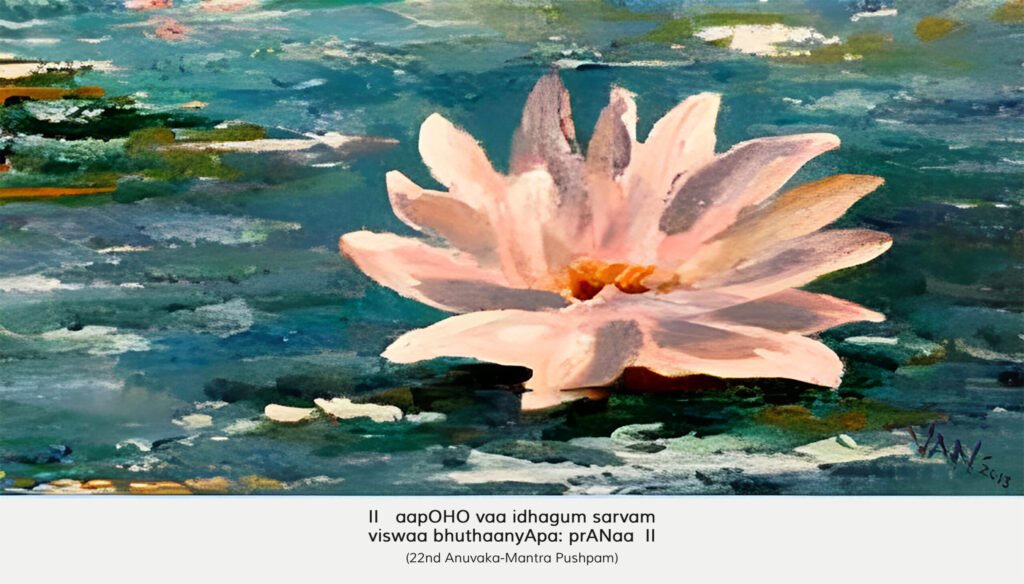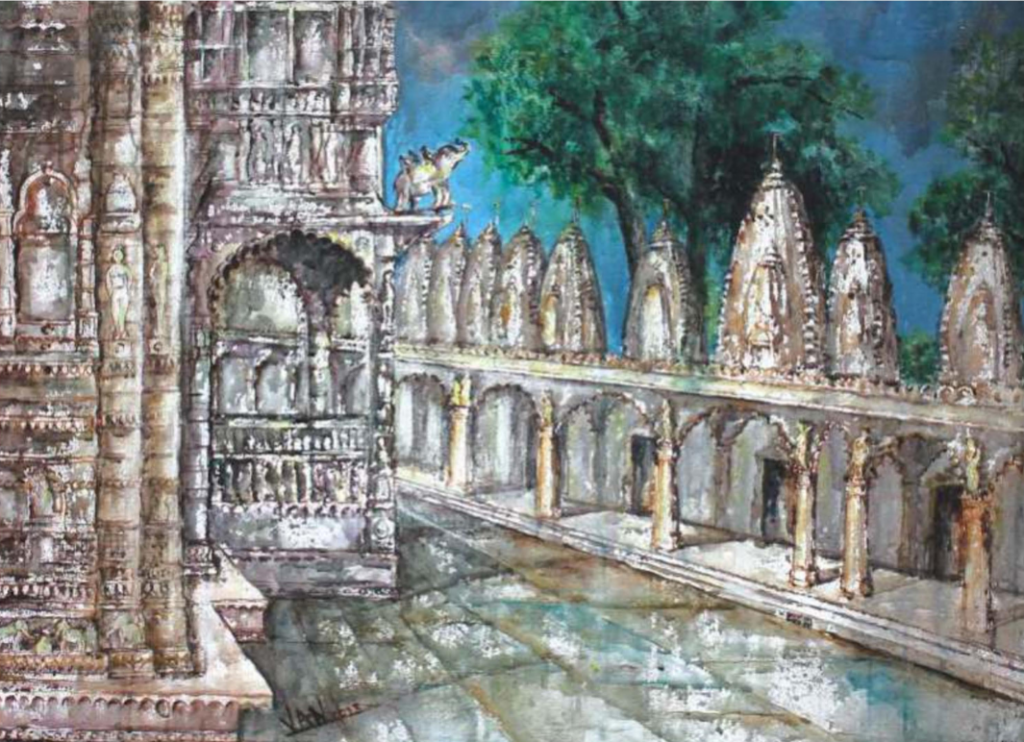~Louis Kahn This simple yet profound quote by Louis Kahn, one of the most influential architects of the 20th century, encapsulates a core truth about architectural space. For Kahn, natural light was not merely a practical concern or a design tool; it was a spiritual essence that defined space and gave it life. In this …

~Louis Kahn
Table of Contents
- Louis Kahn and His Reverence for Light
- The Essence of a Room
- Light as an Architectural Material
- Light and Emotion
- Light and Functionality
- Architectural Techniques to Harness Light
- Case Studies in Light
- Beyond the Window: The Poetic Possibility of Light
- Challenges and Considerations
- Contemporary Reflections on Kahn’s Legacy
- Giving Soul to Space
This simple yet profound quote by Louis Kahn, one of the most influential architects of the 20th century, encapsulates a core truth about architectural space. For Kahn, natural light was not merely a practical concern or a design tool; it was a spiritual essence that defined space and gave it life. In this essay, we will explore the depth and implications of this statement from an architect’s perspective, analyzing how light shapes our experience of architecture, influences our emotions, and imbues space with a sense of time, rhythm, and transcendence.
Louis Kahn and His Reverence for Light
Louis Kahn’s architecture is often described as monumental, timeless, and deeply poetic. Central to his philosophy was a reverence for light. He did not view light as something to be controlled or resisted, but rather as an elemental force to be celebrated. Kahn’s buildings are carefully choreographed compositions of shadow and illumination, where natural light animates materials, defines geometry, and reveals the spiritual potential of space.
He famously said, “The sun never knew how great it was until it hit the side of a building.” To Kahn, light was a divine partner in the making of architecture. His use of natural light was not just about functionality it was about creating an atmosphere of dignity, mystery, and serenity.
The Essence of a Room
What defines a room? Four walls, a ceiling, and a floor? Function and furniture? For Kahn, these were not enough. A room gains its identity, its soul, through light. Without natural light, a room feels incomplete enclosed, artificial, and disconnected from the rhythms of the world.
Natural light transforms a space from static to dynamic. As the sun moves across the sky, the quality of light changes soft in the morning, bright at noon, golden in the evening. These transitions create a sense of time and life. A room lit naturally breathes with the day, offering a unique experience every hour.
Light as an Architectural Material
In Kahn’s hands, light was a building material, as tangible and essential as stone or concrete. He designed openings, voids, and skylights not merely for ventilation or code compliance, but to invite light with intention. Walls became frames for light. Roofs became stages for sunbeams.
Natural light interacts with materials in ways artificial light cannot. It reveals texture, depth, and color with honesty and nuance. In Kahn’s work, such as the Kimbell Art Museum, the use of daylight creates a sense of warmth and tactility that electric lighting struggles to replicate.
Light and Emotion
Architecture is not just about solving problems it’s about creating feeling. Natural light has a powerful emotional impact. It can make a room feel uplifting, contemplative, calming, or inspiring.
Think of the serenity of a sun-drenched reading nook, the drama of a shaft of light piercing a dark corridor, or the sense of hope in a hospital room filled with daylight. These experiences are not accidental they are crafted by architects who understand light’s emotional language.
Kahn’s own works exemplify this. In the Exeter Library, a circular oculus at the top floods the central atrium with diffused light, creating a sacred, cathedral-like experience. In the Salk Institute, framed views of the ocean and sky are accentuated by the way light falls on the travertine plaza.
Light and Functionality
Natural light also supports physical and psychological well-being. It regulates circadian rhythms, enhances productivity, and reduces dependence on artificial lighting. In educational, healthcare, and residential architecture, access to natural light has been linked to improved health outcomes and user satisfaction.
As architects, designing with daylight is both a technical and ethical responsibility. Orientation, glazing, shading devices, and thermal performance must all be considered to ensure comfort and energy efficiency without compromising on the quality of light.
Architectural Techniques to Harness Light
To bring natural light into a room effectively, architects can use:
- Clerestory Windows – High-level windows that allow light to enter without compromising privacy or wall space.
- Skylights and Roof Monitors – Ideal for interior spaces or top-floor rooms, they bring in overhead light that changes dramatically throughout the day.
- Light Wells and Courtyards – Especially in dense urban environments, these create vertical access to light.
- Reflective Surfaces – Light-colored floors and walls can bounce daylight deeper into a room.
- Sun Shading and Louver Systems – Control glare and heat gain while allowing diffused light.
Each of these strategies reflects an understanding that natural light is not a luxury it is a design necessity.
Case Studies in Light
1. Kimbell Art Museum, Texas
Perhaps Kahn’s most celebrated work, the Kimbell is a temple of light. Its barrel vaults are topped with narrow skylights, shielded by reflectors that diffuse daylight evenly across the galleries. The result is soft, indirect light that enhances the art without overshadowing it.
2. Salk Institute, California
A masterpiece of symmetry and serenity, the Salk Institute’s plaza is oriented westward, capturing the setting sun in a linear water feature that draws the eye to the horizon. The laboratories are bathed in daylight through generous glazing, making it a contemplative place for research.
3. National Assembly Building, Dhaka
In this monumental project, Kahn used large geometric openings to modulate light and express architectural form. Sunlight floods the interiors in striking patterns, emphasizing mass, volume, and purpose.
Beyond the Window: The Poetic Possibility of Light
For Kahn, architecture was never about superficial beauty or trend it was about timelessness. Natural light, as a force of nature, connects us to the eternal. It is the bridge between the man-made and the cosmic.
In religious architecture, light has long been used to signify the divine. Gothic cathedrals, Islamic mosques, Hindu temples all use light to evoke wonder. Kahn’s work is a continuation of this lineage, albeit in a modern language.
To design a room without natural light is to deny it this connection. A naturally lit space is alive. It moves, changes, whispers stories across surfaces. It reminds us that architecture, at its core, is about life.
Challenges and Considerations
Of course, designing with natural light has its challenges:
- Glare and Overexposure – Direct sunlight can create visual discomfort or damage materials.
- Thermal Gain – Too much sunlight can lead to overheating.
- Urban Density – In tight urban sites, access to natural light is often limited.
Architects must navigate these constraints creatively balancing aesthetics, performance, and context to make light an ally, not an adversary.
Contemporary Reflections on Kahn’s Legacy
Today, Kahn’s philosophy continues to resonate. In an era dominated by artificial lighting, screen fatigue, and climate challenges, natural light has renewed relevance. Sustainable architecture, biophilic design, and wellness-focused spaces all emphasize the centrality of daylight.
Architects like Tadao Ando, Steven Holl, and Peter Zumthor draw on Kahn’s legacy, crafting buildings that are luminous, quiet, and alive with natural light.
Giving Soul to Space
Louis Kahn’s quote, “A room is not a room without natural light,” is not a mere technical observation it is a statement about essence. Natural light is what gives space its soul, what transforms the mundane into the magical.
As architects, we must honor this truth. We must design not just for shelter, but for sensation. Not just for form, but for feeling. We must let light in not just into our rooms, but into our thinking.
A room with natural light is not just a better room it is a room that breathes, that listens, that remembers the sky. It is a room worthy of the life it holds.
In embracing Kahn’s philosophy, we reaffirm that architecture, at its heart, is not just about buildings it is about light, life, and the spaces where the two meet.





